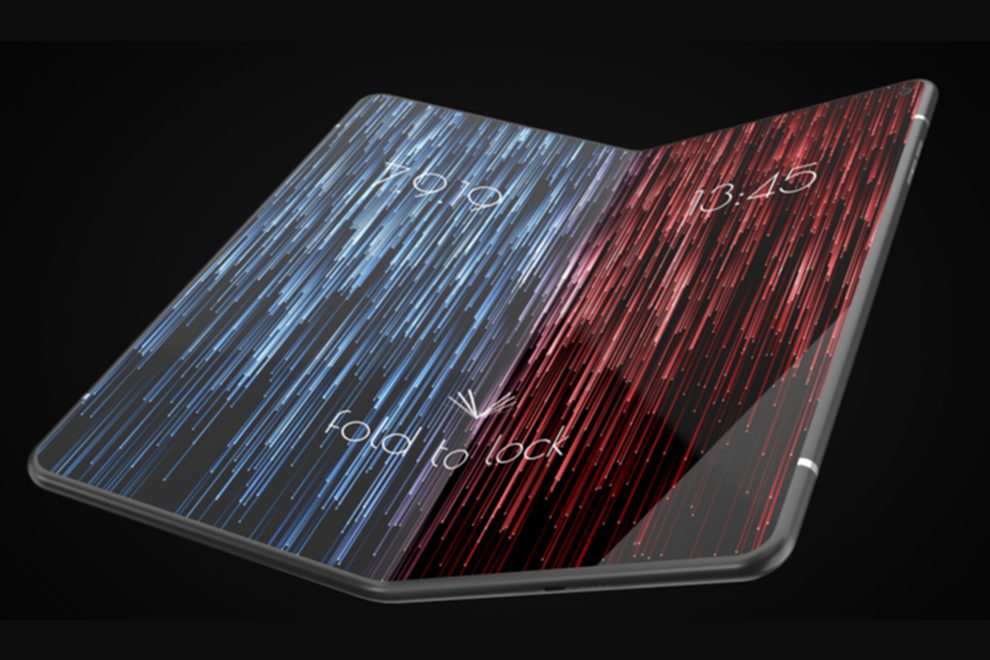The COVID-19 pandemic quickened the pace of digital transformation, placing technologies at the very center of how people live and work–and that pace shows no signs of slowing down. In its new whitepaper, 38 Technology Stats You Need to Know for 2022, global technology intelligence firm ABI Research has identified and highlighted the most impactful forecasts that illuminate the direction in which digital transformation is truly heading.
“From among the many millions of data points ABI Research creates each year, we have focused on the most enlightening stats that will matter most in the years ahead. The rise of always-on 5G portable devices, an explosion of edge AI adoption, a proliferation of smart manufacturing platforms, the formation of the metaverse, and a growing concentration on cybersecurity are just some of the many changes on the horizon that are indicative of a more connected, more vulnerable, and ultimately, more technology-driven world,” Stuart Carlaw, Chief Research Officer at ABI Research explains.
Consumer Technologies stats highlighted in the whitepaper include:
Devices with foldable screens will reach nearly 10% of all smartphone sales by 2030.
Folding smartphone models, based on unfold-to-tablet design, were among the first to market but delays due to inadequate technology implementations resulted in poor UXs.
David McQueen, ABI Research Director explains, “However, with these problems now mostly resolved, the addition of more innovative designs, such as fold-to-compact models, the folding form factor with its enhanced functionality, and evolution in device experiences, will see an increase in popularity, despite still having relatively high price points. Consequently, a significant change in market availability and breakthrough of many more flexible screened devices is expected in 2022.”
The wearables market will continue to be dominated by smartwatches, as shipments are projected to reach 236.55 million by 2026, at a CAGR of 19.7%, leading the smart accessory market.
Despite the introduction of 5G networks as a premium feature, many device types in the wearables and accessories sector will not become completely self-connected; instead, they will still need to be tethered to a smartphone or hub. According to Filomena Iovino, Research Analyst at ABI Research, “The 5G attach rate for wearables and accessories will remain low at about 0.6% by 2026 and will be mainly related to sectors such as smartwatches and headsets. High-data gathering, and low-power efficiency will be the key strengths for these smart gadgets, increasing both demand and popularity, particularly in the healthcare industry.”
Wireless headset shipments are expected to reach 723 million units shipped worldwide in 2026.
Wireless headset shipments are expected to reach nearly 502.1 million at the end of 2021, and the forecast reveals steady growth with more than 723 million of units shipped worldwide in 2026. Features like noise cancellation technology will improve the UX and offer a more extensive range of future use cases. “Furthermore, as voice control becomes the dominant User Interface (UI) for hands-free control of smartphones and smartwatches, true wireless headsets will also become significant drivers for the growth and adoption of voice assistants,” says Iovino.
Devices with foldable screens will reach nearly 10% of all smartphone sales by 2030.
Folding smartphone models, based on unfold-to-tablet design, were among the first to market but delays due to inadequate technology implementations resulted in poor UXs.
David McQueen, ABI Research Director explains, “However, with these problems now mostly resolved, the addition of more innovative designs, such as fold-to-compact models, folding form factor with its enhanced functionality, and evolution in device experiences, will see an increase in popularity, despite still having relatively high price points. Consequently, a significant change in market availability and breakthrough of many more flexible screened devices is expected in 2022.”
“While there are still fundamental challenges ahead–political tumult, an entrenched endemic, and a broken supply chain–these statistics should provide insights and actionable data needed to chart a successful course in 2022 and beyond,” Carlaw concludes.












